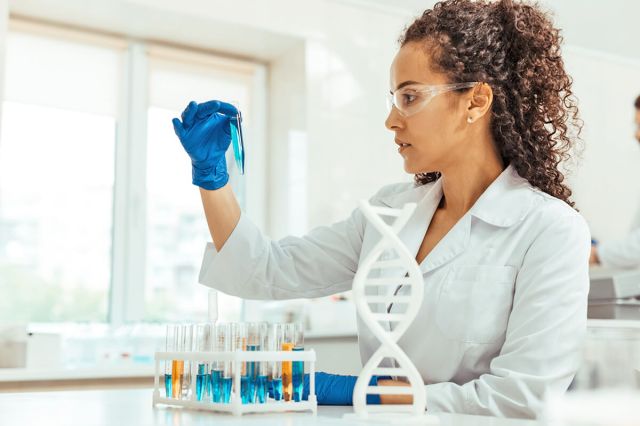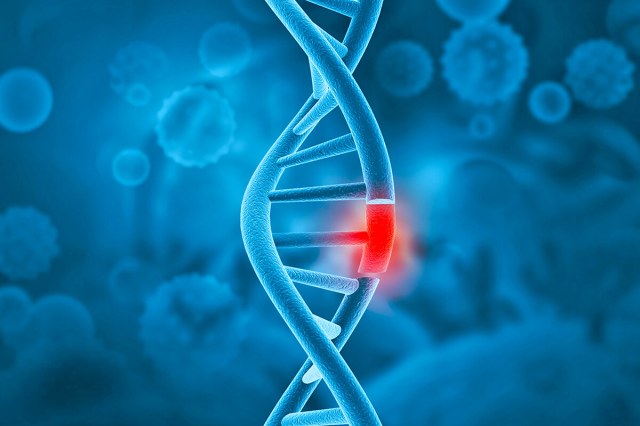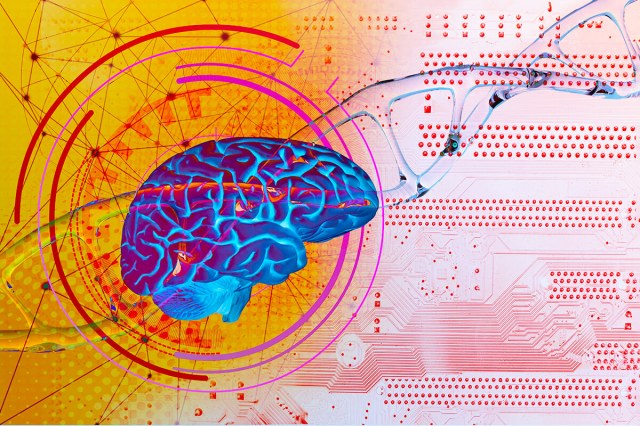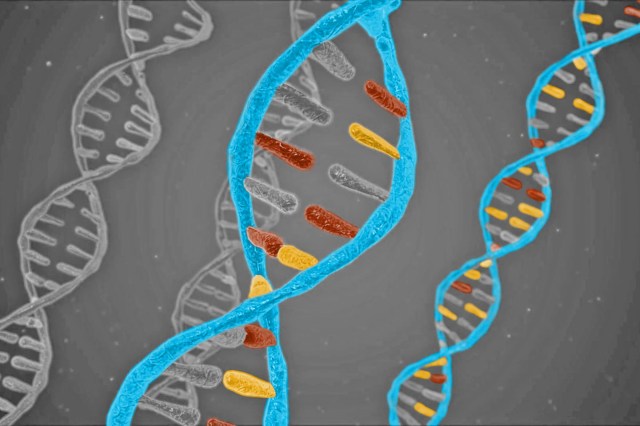
The Human Genome Contains Far Fewer Genes Than Expected
In 1990, the Human Genome Project began identifying, mapping, and sequencing all the genes of the human genome, and determining the base pairs that make up human DNA. (DNA, genes, and chromosomes all work together to make us who we are.) Initially, it was estimated that humans have around 100,000 genes. But the findings of the project, which was concluded in 2003, revealed this number to be significantly lower; today, scientists estimate the number of genes at just under 20,000.

We Share a Surprising Number of Genes With Other Animal Species
While we humans may look markedly different from one another, we are remarkably similar at the genetic level. Any two individuals share approximately 99.9% of their DNA sequence, meaning a miniscule 0.1% difference accounts for all the genetic variation among humans — our size, shape, facial features, and so on. Perhaps even more surprising are the genetic similarities between humans and other species. Humans and chimps, for example, share a surprising 98.8% of their DNA. Most of the genes in humans and chimps are nearly identical, but identical genes are used in different ways and in varying amounts across species, which explains our very notable differences. For example, a wide range of species have the PAX6 gene, which is responsible for the development of distinctly different eyes in everything from humans to fish, flatworms, parakeets, and water fleas.

Genes Have a Significant Influence on Our Behavior
Our genes certainly shape our physical traits, but they might be responsible for far more than just our looks. Studies suggest many routine aspects of our daily lives are also partially driven by our genome. Our genes can play a role in our inclination for or aversion to all manner of different activities, from our preference for tea or coffee, to our enjoyment (or not) of exercising, to whether we like gardening or doing crossword puzzles. Researchers have also discovered, using data collected from a large sample of fraternal and identical twins, that our genes may even shape our political beliefs.
More Interesting Reads

Genetic Mutations Can Be Beneficial, Harmful, or Neutral
Mutations happen when a change occurs in a gene or chromosome. It can be caused by external factors, such as ionizing radiation or chemical mutagens, or it can occur spontaneously or through inheritance. The idea of mutation tends to have a negative connotation, but not all mutations are bad; they’re typically described as being beneficial, harmful, or neutral. Beneficial or advantageous mutations are necessary for the long-term survival of populations and species — this is how we evolve and adapt. In humans, having some mutations is commonplace at birth — every baby has around 70 brand-new or “de novo” mutations in their genes.

Genes Can Be Turned On and Off
Our genes can be activated or deactivated without changing the actual DNA sequence itself, in a process known as epigenetics. This involves minute chemical tags that are added or removed from our DNA in response to changes in our environment. In other words, our genes can essentially be turned on and off. This allows us to adapt to our surroundings and lived experiences without requiring a more drastic or permanent shift in our genomes. When it comes to the age-old debate of nature versus nurture, epigenetics proves that our genes are certainly not set in stone once we’re born, and that both nature and nurture play their part when it comes to our development.












